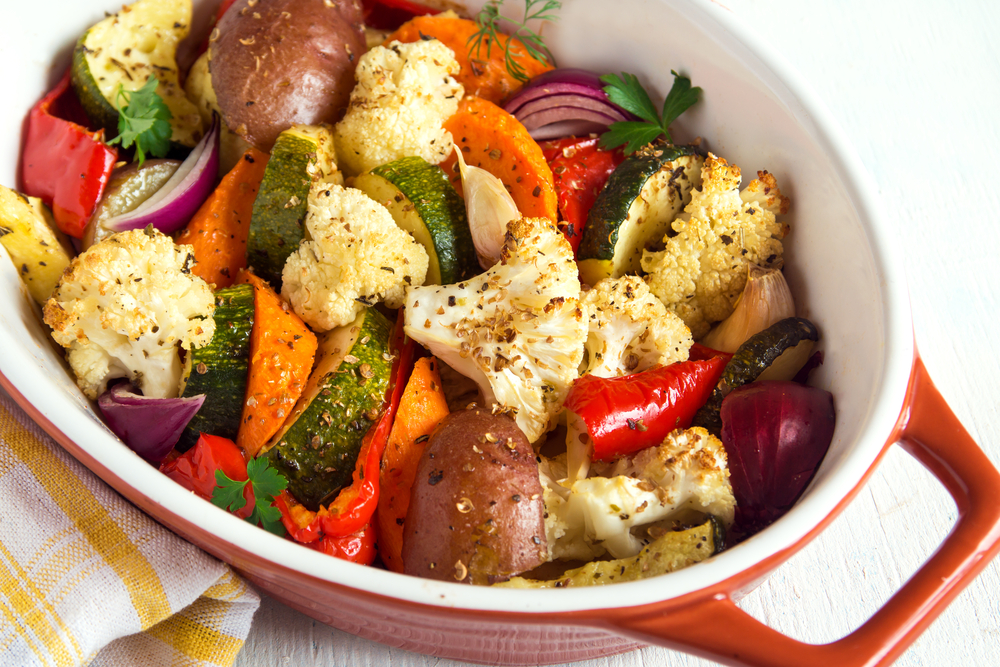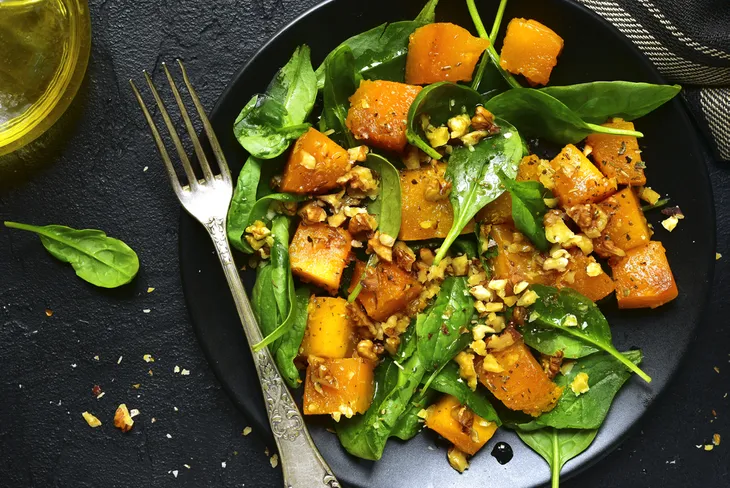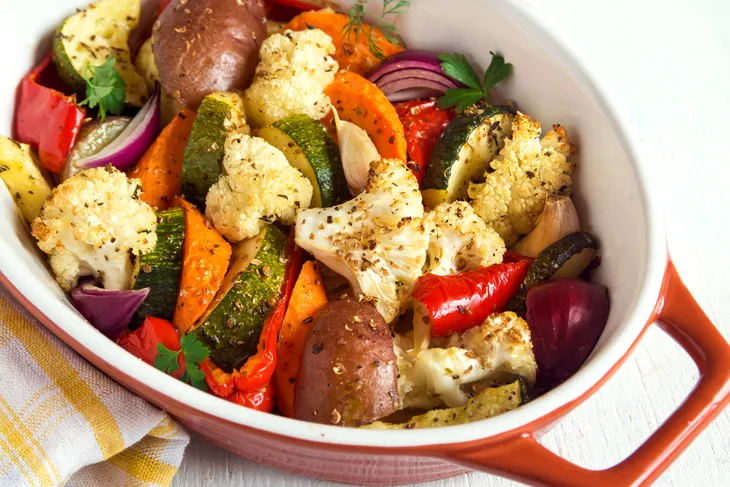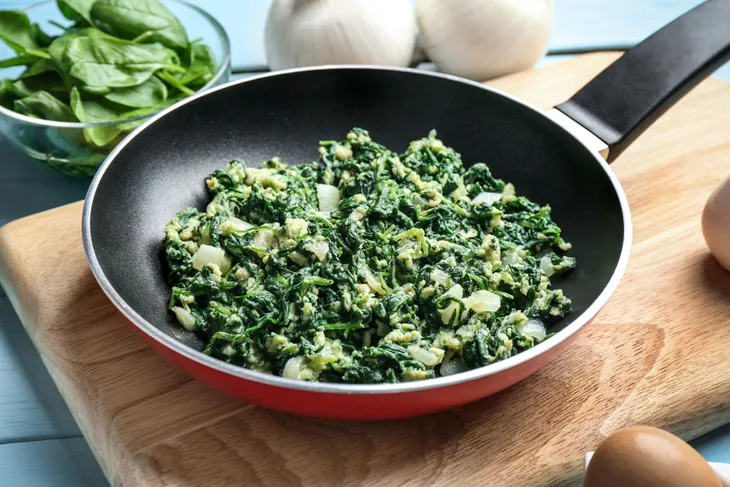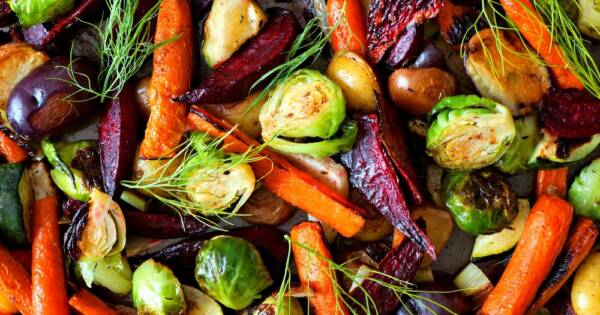As if you haven’t heard it enough already—vegetables are good for you! However, knowing and embracing the healthful benefits of veggies are two very different things, especially if you don’t like the taste of “green things” or if you happen to find the regular old blend of carrots, peas, and broccoli quite boring.
The good news is that you can absorb the high nutrient, low calorie goodness of veggies by preparing them in these 7 innovative and creative ways…
Char-Grilled Veggies
You probably already pop potatoes and corn on the cob on your grill. So opening up some space for veggies like bell peppers, leeks, eggplant, and portable mushrooms isn’t a far stretch.
Plus, grilling ensures you get your veggies along with a drizzle of heart-healthy olive oil. You only need a very light brush of oil. You can also per-marinate vegetables in a mixture of fresh spices (i.e., garlic, basil) and balsamic vinegar and olive oil.
Get Saucy!
No pasta sauce in a jar? No worries! You can make a much more healthful sauce with fresh vegetables. Think water-packed vegetables, like tomatoes, squash, zucchini, eggplant, mushrooms, onions, and garlic, for instance.
Not only do water-dense vegetables like these cook much faster, they simmer down faster into sauces. In addition, research presented to and supported by the American Association for Cancer Research, claims that the process of cooking tomatoes unleashes lycopene, an antioxidant and cancer-preventing nutrient.
Make Veggie Pasta
Why settle for boring old brown rice or pasta when you can cut carbohydrates and increase your veggie quota for the day at the same time? According to several nutritionists, swapping regular pasta for julienne vegetables cut in the shape of skinny noodles (like spaghetti squash or zucchini) will save you roughly 150 calories per one cup serving (1 cup of pasta is generally 200-calories while 1 cup of spaghetti squash is roughly 45-calories).
To make your own vegetable-style pasta using spaghetti squash, preheat your oven to 350-degrees, cut your squash lengthwise to expose the flesh, sprinkle with olive oil, pepper, and garlic powder, and bake in the oven for 20-minutes. Test readiness by fluffing the inner flesh with a fork—it should appear noodle like. Serve with your favorite pasta sauce.
Warm Your Salads
Raw spinach, kale, and broccoli can be rather tough on the digestive system—especially if you’re not used to eating leafy greens and gas-producing veggies from the cabbage family. Luckily, when you warm them slightly (try lightly steaming or pan sauteing) to tenderize the veggies and make them easier to digest.
According to research from Purdue University, adding a drizzle of vitamin C-rich grapefruit, lime, or lemon to your veggies will boost your bodies absorption of nutrients, like iron, by up to 13 times. So make a dressing using olive oil, balsamic vinegar, and your favorite citrus fruit.
Oven Roasting
I couldn’t get behind cauliflower for the longest time either—that was until I tried roasting the white Brassicaceae. Instead of mushy, bland, cauliflower, roasting this veggie in chopped pieces and spicing it with something exotic (i.e., curry, cumin, chili, garlic) leaves it crispy on the outside and tender on the inside, surprisingly like potatoes.
So get chopping a head of cauliflower or broccoli. Sprinkle with olive oil and spice liberally with an exotic spice blend that tantalizes your taste buds. Spread the pieces out evenly on a baking sheet and roast on high for about 15-minutes at 400-degrees.
Saute Those Greens
We all know that leafy greens, like spinach and kale, harbor super-powered nutrients. However, eating a raw cup of spinach doesn’t sound very appealing, unless your Popeye.
Luckily, watery veggies, like spinach and kale, flavor nicely and cook down to smaller portion sizes immensely when you saute them. From one cup of cooked spinach you can expect over 35-percent of your daily vitamin A, 0.8-milligrams of iron, and 5- grams of protein—that blends nicely into a stir fry, pasta sauce, or soup.
Steam to Healthy Perfection
When you really consider the health benefits of vegetables, like carrots, it’s difficult to find an excuse to cut them out of your diet. However, like many, I have trouble eating a side of boiled carrots due to lack of flavor. Fortunately, we can all reap the vision-boosting effects of carrots by preparing them in new and tasty ways.
For example, I prefer to steam carrots in a watery mixture of olive oil, honey (or real maple syrup), chili, and cumin. Not only do carrots absorb much of the moisture—you end up with a delicious sauce for sopping up rice or quinoa. Plus, researchers from Purdue University claim that preparing carrots with a source of monounsaturated fat (i.e., olive oil) increases the body’s ability to absorb the vision-boosting beta-carotene.
